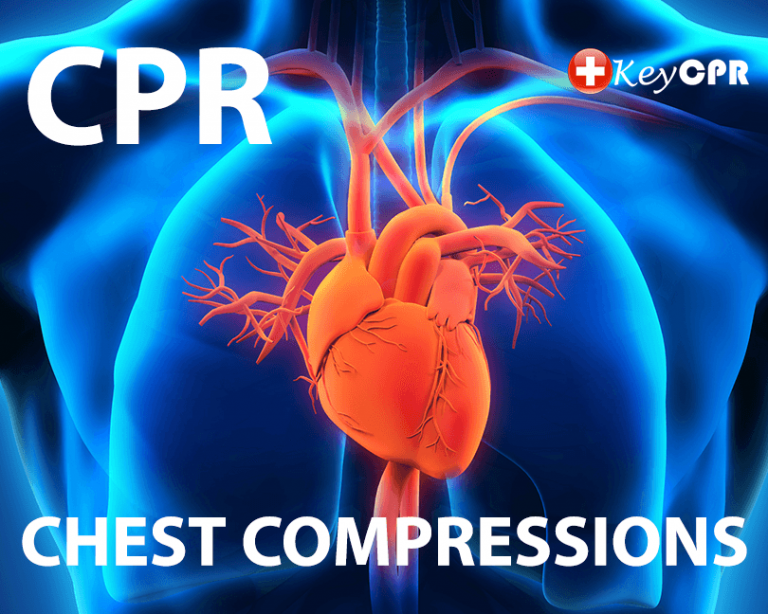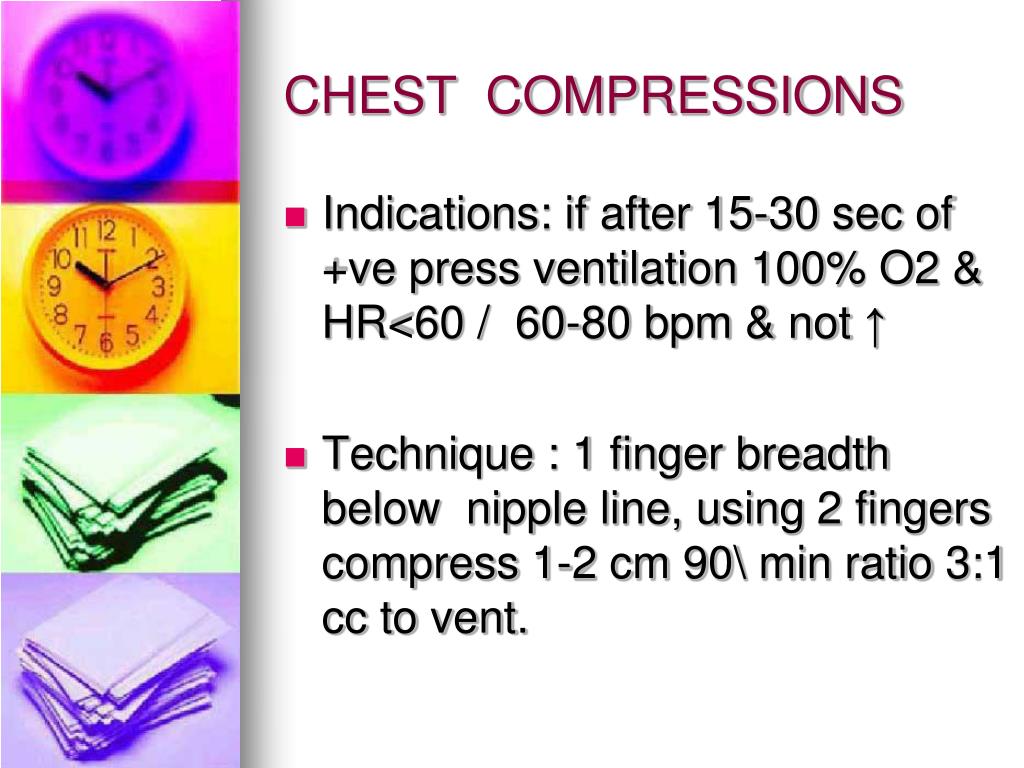
If you stand still and do nothing, the person is going to expire. Do not delay chest compressions if the pulse cannot be felt within 10 seconds. Tell someone or call yourself for emergency responders. If the person doesn’t respond, you should make an assumption that the person has experienced cardiac arrest. This helps to decide whether a person had some other injury or they are suffering cardiac arrest. You then monitor the reflexes of the person by “shaking and shouting” (Are you alright?) and rub the sternum with your knuckles. The person is healthy one moment and you unexpectedly see or hear them fall down. The prospect of saving a person’s life can be double or triple with CPR. But CPR improves chances of saving a life if it is performed at the beginning of the cardiac arrest. 3 CPR saves a lifeĪt the present, about ninety percent of the people who suffer cardiac arrest outside the hospital expire. The opportunity for a successful resuscitation can be extended by keeping the blood flow active, even partially, until trained medical help arrives on site. It can prove to be fatal within eight to ten minutes. 2ĭuring cardiac arrest, stoppage of oxygenated blood supply can damage the brain in only a few minutes.


These compressions help keep oxygenated blood flowing to the brain and other vital organs until proper medical treatment can be provided. 1ĬPR uses chest compression to imitate how the heart transports blood to the whole body. The American Heart Association recommends that everyone - untrained bystanders and medical personnel alike - begin CPR with chest compression. Cardiopulmonary resuscitation (CPR) is a lifesaving skill, helpful in many situations including:


 0 kommentar(er)
0 kommentar(er)
